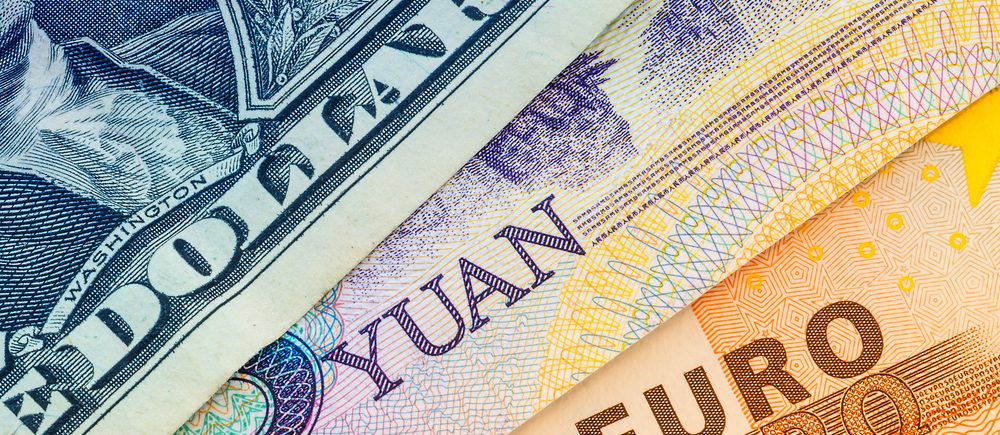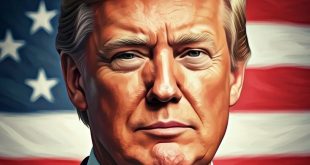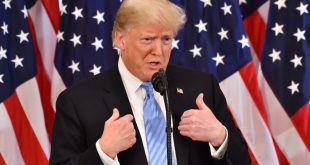While investors’ attention shifts to looming Fed policy decision, the EUR/USD pair is performing sideways over 1.0600. At the time of writing, the price of the pair is 1.0613.
The ECB’s 50 bps increase in interest rates has reduced the gap between its own and the Fed’s policy stances. Following the assistance provided to damaged banks, S&P500 futures shown a raging rebound. In the early Tokyo session, the EUR/USD pair is defending its auction above the round-level resistance of 1.0600. The major currency pair is attempting to maintain a bullish bias as the Federal Reserve-ECB policy divergence has been reduced by the ECB’s decision to raise interest rates by 50 basis points.
Despite depressing news about banking upheaval, ECB President Christine Laragde raised interest rates to 3.50% on Thursday. ECB Lagarde prefers to keep the entire attention on the extraordinarily persistent inflation in the Eurozone, as hawkish monetary policy isn’t doing much better in the fight against the former.
The Swiss National Bankis to inject 50 billion Swiss Francs into Credit Suisse also encouraged the ECB to pursue a larger rate increase.
The First Republic Bank received backing from a number of financial institutions when the SNB breathed new life into Credit Suisse, indicating that the widespread banking crisis could be averted. Investors became more upbeat as a result, and risky assets saw significant buying. S&P500 futures displayed a raging recovery and finished the session on Thursday with substantial gains.
As money was diverted into US equities, demand for US government bonds decreased. The 10-year US Treasury yields’ alpha was scaled to 3.58%.
The US Dollar Index (DXY) is performing sideways as investors turn their attention to the Fed’s monetary policy decision, which will be made public next week. The likelihood of Fed Chair Jerome Powell raising interest rates by 25 basis points (bps) has increased to about 80%.
Despite recent market turmoil, the European Central Bank raised interest rates as predicted on Thursday, which caused the dollar to decline and the euro to rise. This is an indication that the Federal Reserve will likely do the same next week as both institutions continue their efforts to combat inflation.
The two currencies maintained a tight range before the ECB made good on its vow to raise rates by half a percentage point, and markets are currently putting in an 80.5% chance that the Fed will do the same on March 22.
Following an initial chaotic trading reaction by markets to the ECB decision, stock markets on both sides of the Atlantic soared, pushing up U.S. and euro zone government bond yields.
The ECB is being compared to the Fed by the market because it is a central bank that is dealing with market uncertainty and making the hawkish decision that it had hinted at in past guidance while being motivated by its inflation mandate.
 Noor Trends News, Technical Analysis, Educational Tools and Recommendations
Noor Trends News, Technical Analysis, Educational Tools and Recommendations





